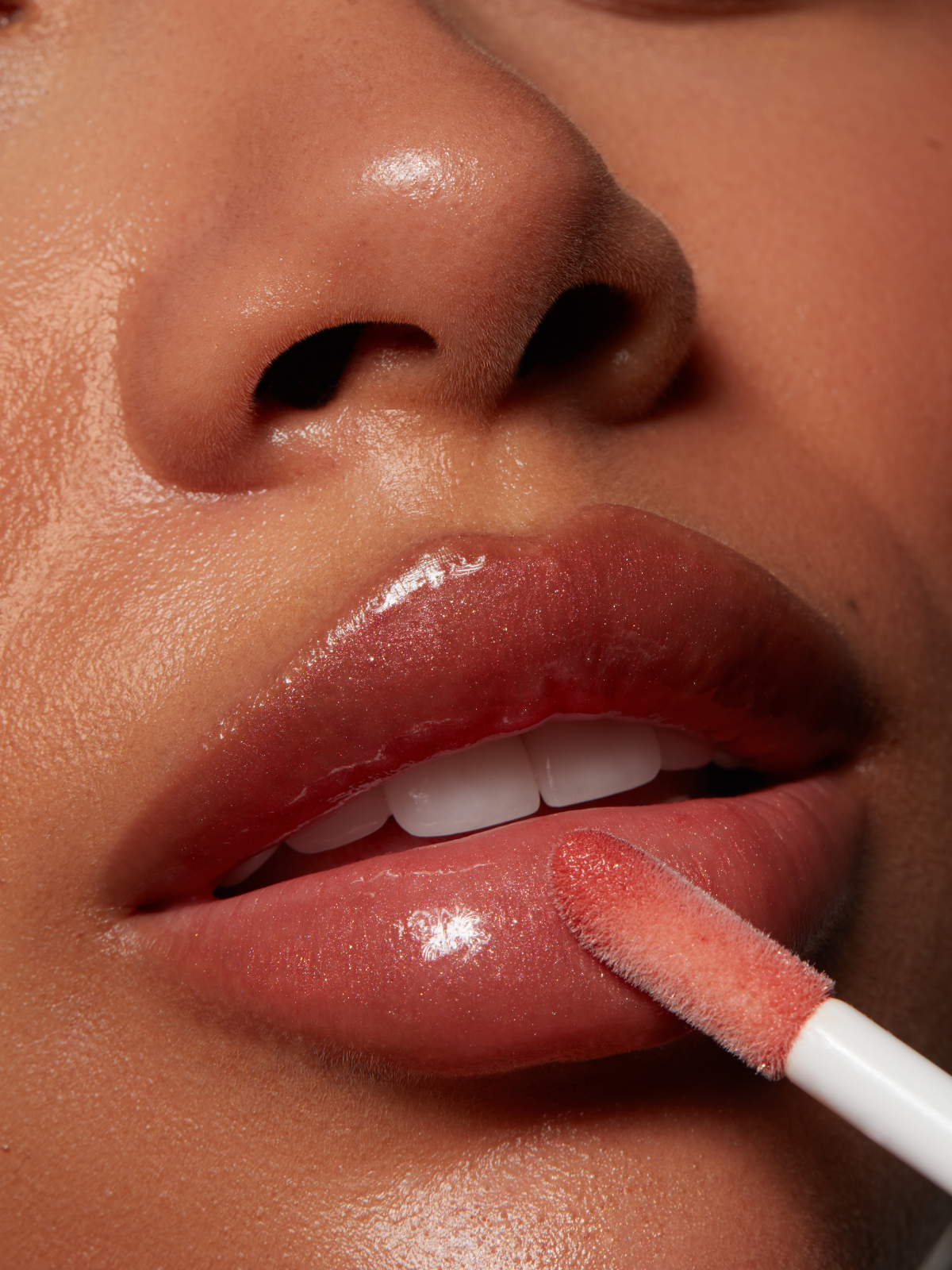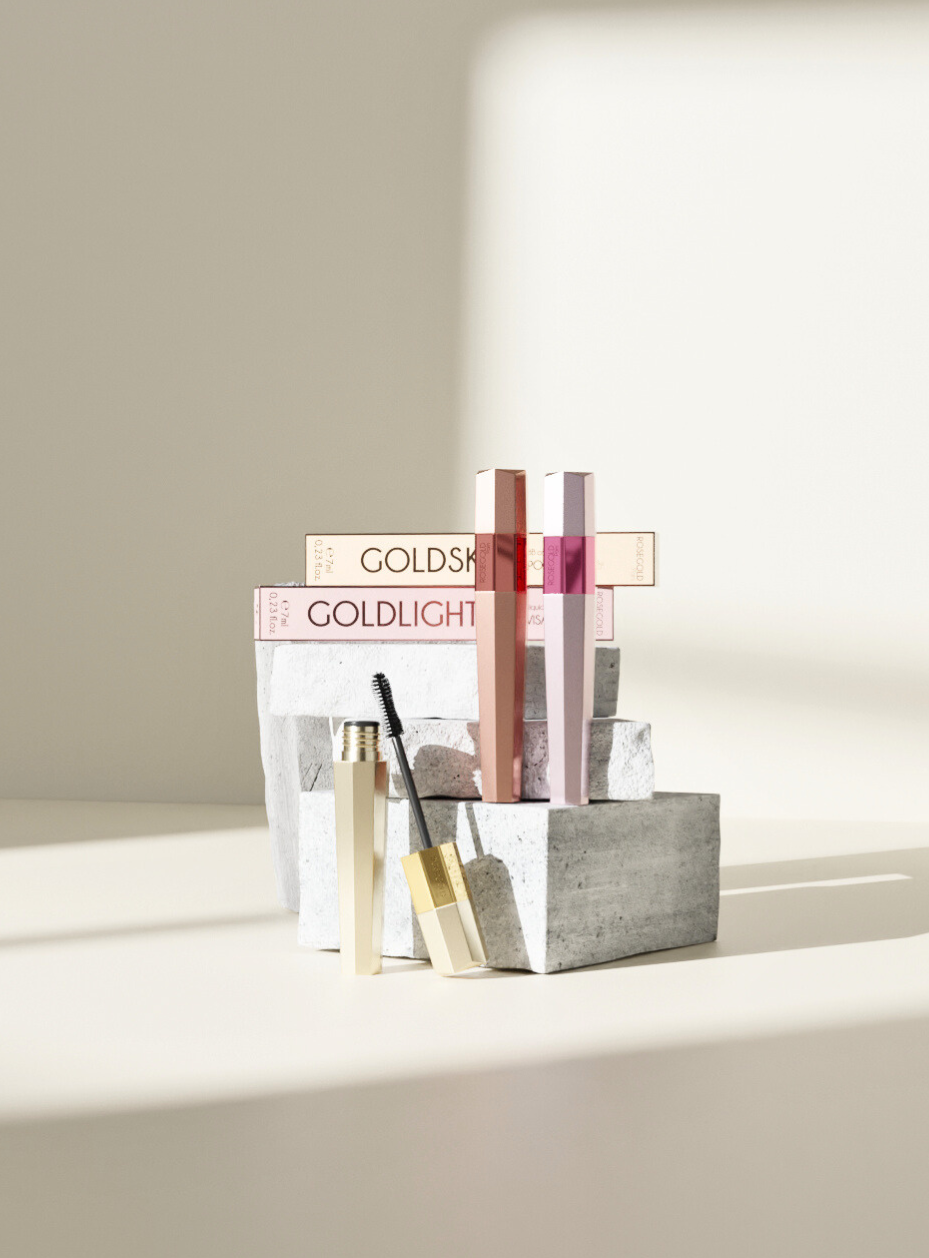Pigment spots: causes, treatments and prevention
Pigment spots: causes, treatments and prevention
Coralie Techer

Pigmentation spots are a common skin condition. What are the causes and how to treat them? We take stock.
Perfect skin does not exist. Small rough spots on the skin barrier are commonplace and prove that our body is alive! However, you may not necessarily appreciate the appearance of a small pimple, a wrinkle or even a pigment spot. These are a fairly common detail, they are found on all skin types but they mainly appear over time during skin aging and are then called age spots. Although it is not possible to make them disappear completely, there are skincare solutions that can reduce their appearance or even temporarily camouflage them, as with makeup.
Discover our dark circle serum
Understanding pigment spots
Pigment spots, also known as hyperpigmentation or sun spots, are areas of skin that are darker than the rest of the complexion. This occurs due to an overproduction of melanin, the pigment responsible for the color of the skin, hair, and eyes. Excess melanin can be caused by a variety of factors, including sun exposure, skin inflammation, hormonal imbalances, aging, or skin reactions to certain products. The appearance of spots should not be confused with freckles, which have always been present and are the result of genetic constancy.
There are different types of pigment spots, the most common of which are:
Age spots (or solar lentigines): These appear with age and are the result of excessive sun exposure over time. They are usually small in size and appear on areas most exposed to the sun, such as the face, hands, shoulders and décolleté.
Melasma: Also known as the “mask of pregnancy,” melasma is characterized by brown spots that appear on the face during pregnancy or due to hormonal changes such as taking hormonal contraceptives.
Post-inflammatory spots: These often result from skin inflammation caused by acne, injuries, breakouts, or aggressive cosmetic procedures. After inflammation, the skin may produce more melanin, leaving darker spots.
Solar lentigo: These are brown spots similar to age spots, but they are larger and more irregular and appear during prolonged, unprotected sun exposure.
Discover our dark circle serum

Can the appearance of pigment spots be prevented?
It is entirely possible to take preventive measures to reduce or even prevent the risk of pigment spots appearing on the skin. Here are some tips:
Always protect your skin with broad-spectrum sunscreen and suitable clothing in case of high exposure (hat, long sleeves, swimsuit with protective fabric, etc.)
Pamper your skin gently by using soothing movements when applying your skincare routine, avoiding scratching small imperfections (acne spots being one of the main causes of the appearance of pigment spots on the skin).
Understanding your body by being aware of hormonal changes (periods for example) is already preventing the appearance of imperfections and therefore the spots that can result from them.
Discover our dark circle serum
How to reduce pigment spots?
Reducing pigment spots on the skin is necessarily a gradual but no less effective process. In the world of cosmeto, there are several effective approaches and treatments that help reduce the appearance of these large or small pigment spots for an even complexion. Here are some commonly used methods:
Sun protection: Exposure to the sun can worsen existing pigment spots and cause new ones. Always use a broad-spectrum sunscreen with a sun protection factor (SPF) of at least 30 if you have dark skin and at least 50 for fair skin. Sunscreen can be applied even on cloudy days, and it is best to avoid sun exposure during peak hours. To avoid any skin problems in summer, it is best to prepare your skin for the sun by following a simple but effective routine.

Lightening creams: Some creams containing lightening ingredients, such as hydroquinone, kojic acid, glycolic acid, azelaic acid, or vitamin C, may help fade dark spots. These products may be available over-the-counter or by prescription, depending on their concentration.
Chemical Peels: Chemical peels involve applying a chemical to the skin to exfoliate the surface layers and encourage skin regeneration. This can help fade dark spots and improve the overall appearance of the skin.
Laser Treatments: Medical lasers, such as pulsed dye lasers, fractional lasers, or Q-switched lasers, can selectively target pigment spots for removal. Laser treatments should be performed by a trained professional.
Microdermabrasion: Microdermabrasion is an exfoliation treatment that can help improve the appearance of skin by removing dead cells and promoting new cell growth.
Topical Retinol Care: Products containing retinol can stimulate cell turnover and help even out skin tone, including dark spots.
Personalized Dermatological Care: Consult a dermatologist or skincare professional for recommendations specific to your skin type and needs. They will be able to assess your pigment spots and provide you with a tailored treatment plan.
It is important to note that fading dark spots can take time, and it is essential to use these treatments regularly and consistently. Additionally, protecting the skin from the sun and avoiding factors that can aggravate dark spots is equally important for long-lasting results. Always perform a patch test before using new products or treatments, and if in doubt, seek the advice of a qualified healthcare professional.



















